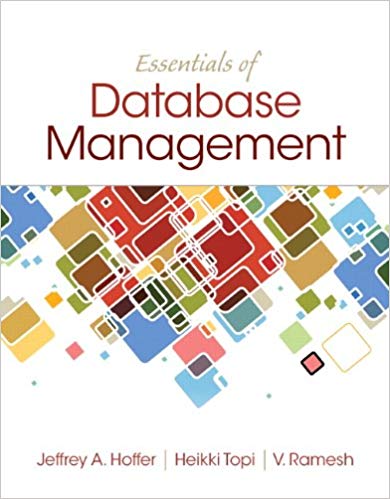1 This is a simplification of the actual process, which might involve several rounds of negotiation on price. On the basis of the data in
1 This is a simplification of the actual process, which might involve several rounds of negotiation on price. On the basis of the data in the spreadsheet, find a two-parameter logistic model that best estimates the probability of winning each bid as a function of the discount from list price, assuming a single price per unit will be offered for each bid. The model you are fitting is q(p) = 1/(1+exp(a +bp)), where q is the probability of winning the bid, and a and b are the parameters to be estimated. p is the price that Fjord bid on a deal expressed as a fraction of the MSRP of $25,000 per unit; that is, if Fjord bid $20,000 per unit, p would be equal to 20,000/25,000 or 0.8.
2. What are the values of a and b that maximize the sum of log likelihoods? What is the optimum price Fjord should offer, assuming it is going to offer a single price for each bid? What would the expected total contribution have been for the 4,000 bids? How does this compare to the contribution that Fjord actually received? Miraculously, Fjord discovers that bids 1 through 2,000 were to police departments, and that bids 2,001 through 4,000 were to corporate buyers. Taking advantage of this discovery, estimate two separate two-parameter logistic response functions, one for police departments and one for corporate buyers. The model you are fitting is the same as above, but the values of a and b for the police will be different than the values of a and b for corporate buyers. What are the corresponding values of a and b for each? What are the optimum prices Fjord should offer to the police? To corporate buyers? What would the expected contribution have been if Fjord had used the prices in the 4,000 bids in the database? What is the difference between the contribution actually received and the best that Fjord could do when it could not differentiate between the police and corporate buyers?
(Hint: Excel Solver will work better if you use the values of a and b that you derived as answers in #1 as the starting values for solving the problems given in #2.)
3. As you continue your analysis, a senior sales manager tells you he believes that the size of the order is an important factor in determining price sensitivity. Specifically, he believes that customers who are placing larger orders are more sensitive to the price per unit. Add a single parameter c to your analysis to incorporate this potential effect. Your new model is q = 1/(1+exp(a+bp+cs)), where s is the number of vehicles in an order and c is the corresponding parameter that must be estimated. As before, calculate different values of a and b for police sales than for corporate sales, but calculate only a single value of c for both police and corporate sales. What is the resulting improvement in total log likelihood? How does this compare with the improvement from differentiating police and corporate sales? What are the optimal prices Fjord should charge for orders of 20 cars and for orders of 40 cars to police departments and to corporate purchasers, respectively? Extra credit: Calculate optimal prices for all order sizes from 10 through 60 vehicles for both police and corporate sales, and use these prices to determine the total contribution margin Fjord would have received if it had used these prices in the 4,000 historic bids.
4. You discover rather late in the process that the Coronet Elizabeth model sold to police departments is somewhat different than that sold to corporate fleets. Specifically, the police model includes a slightly souped-up engine, bulletproof glass in all windows, a metal grill separating the front and back seats, and plastic cup holders for both front seats. As a result, the police version of the Coronet Elizabeth costs $16,000 to manufacture versus $15,000 for the corporate version. How would this change the optimal price charged to police departments for 20 vehicles? For 40? (Note, you do not need to run any regressions to answer this question.)
5. What ways can you think of to improve this model? Are there other customer or product dimensions you would recommend that Fjord collect in the future that might provide opportunities for further segmentation? Can you think of any business rules or other considerations that might restrict Fjord from pricing the way it might wish to price in order to maximize expected contribution?
6. Your final task is to recommend changes to the fleet-sales process to ensure that Fjord can capture the benefits from optimal pricing in the future. Historically, fleet sales staff have been incentivized based on the total revenue they generate during a quarter while they have the authority to price freely within certain guidelines. How should sales incentives be established to be consistent with the new process? Should sales staff ever be allowed to price outside the optimal prices? If so, under what circumstances? How should their performance be evaluated?
Step by Step Solution
3.50 Rating (157 Votes )
There are 3 Steps involved in it
Step: 1
ANSWER 1 To find the twoparameter logistic model that best estimates the probability of winning each bid as a function of the discount from list price we need to use the data in the spreadsheet to est...
See step-by-step solutions with expert insights and AI powered tools for academic success
Step: 2

Step: 3

Ace Your Homework with AI
Get the answers you need in no time with our AI-driven, step-by-step assistance
Get Started


